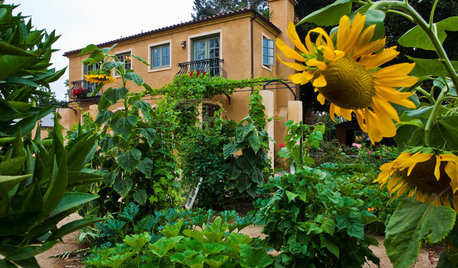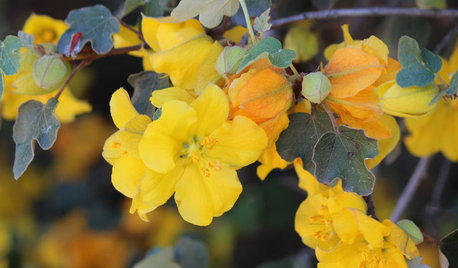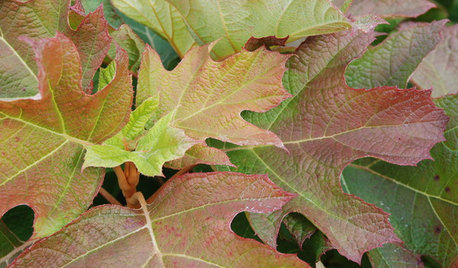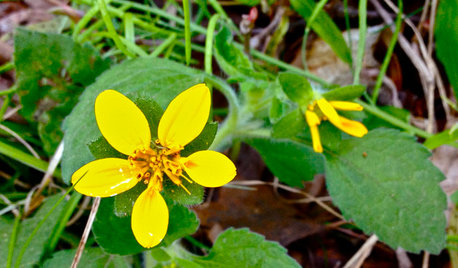Is it possible to transplant lichens?
pianolady
17 years ago
Featured Answer
Comments (15)
terrestrial_man
17 years agoneil_peren
17 years agoirisgirl
17 years agomarthacr
15 years agoterrestrial_man
15 years agoyellow_bear_1
15 years agochrisware
15 years agojaceymae
8 years agolast modified: 8 years agoKalákalá Tú
6 years agoBonnie Higgins
6 years agojaceymae
6 years agogardengal48 (PNW Z8/9)
6 years agoKalákalá Tú
6 years agolast modified: 6 years agoChris Grant
4 years agolast modified: 4 years ago
Related Stories

PLANTING IDEASStretch the Budget, Seasons and Style: Add Conifers to Your Containers
Small, low-maintenance conifers are a boon for mixed containers — and you can transplant them to your garden when they’ve outgrown the pot
Full Story
REGIONAL GARDEN GUIDESTexas Gardener's April Checklist
Get your sowing and planting on — spring brings a tantalizing array of possibilities in the garden
Full Story
COLORHave You Heard the Hues? 15 Colors You May Not Know About
Name-drop these shades at holiday parties — or better, try one on your walls — and expand your palette possibilities
Full Story
CALIFORNIA GARDENINGCalifornia Gardener's May Checklist
Only one major chore but a plethora of planting possibilities means a delightful month in California gardens
Full Story
LANDSCAPE DESIGNThe Unparalleled Power of Trees
Discover the beauty and magic of trees, and why a landscape without them just isn't the same
Full Story
GARDENING GUIDESNortheast Gardener's November Checklist
Let titian foliage and berries, silky milkweed, late-blooming asters and more lure you out into the autumn garden
Full Story
GARDENING GUIDESGardening Solutions for Dry, Sandy Soils
Has your desert or beachy site withered your gardening creativity? Try these ideas for a beautiful, easy-care landscape
Full Story
LANDSCAPE DESIGNGarden Overhaul: Which Plants Should Stay, Which Should Go?
Learning how to inventory your plants is the first step in dealing with an overgrown landscape
Full Story
TRANSITIONAL HOMESHouzz Tour: A Happy-Trails Home on a California Field
Horse-loving homeowners look to barns and equestrian references for their light and bright new build
Full Story
GARDENING GUIDESGreat Design Plant: Chrysogonum Virginianum
This tough ground cover brightens partly shady Eastern gardens with a carpet of golden flowers in midspring
Full Story





jfadmz